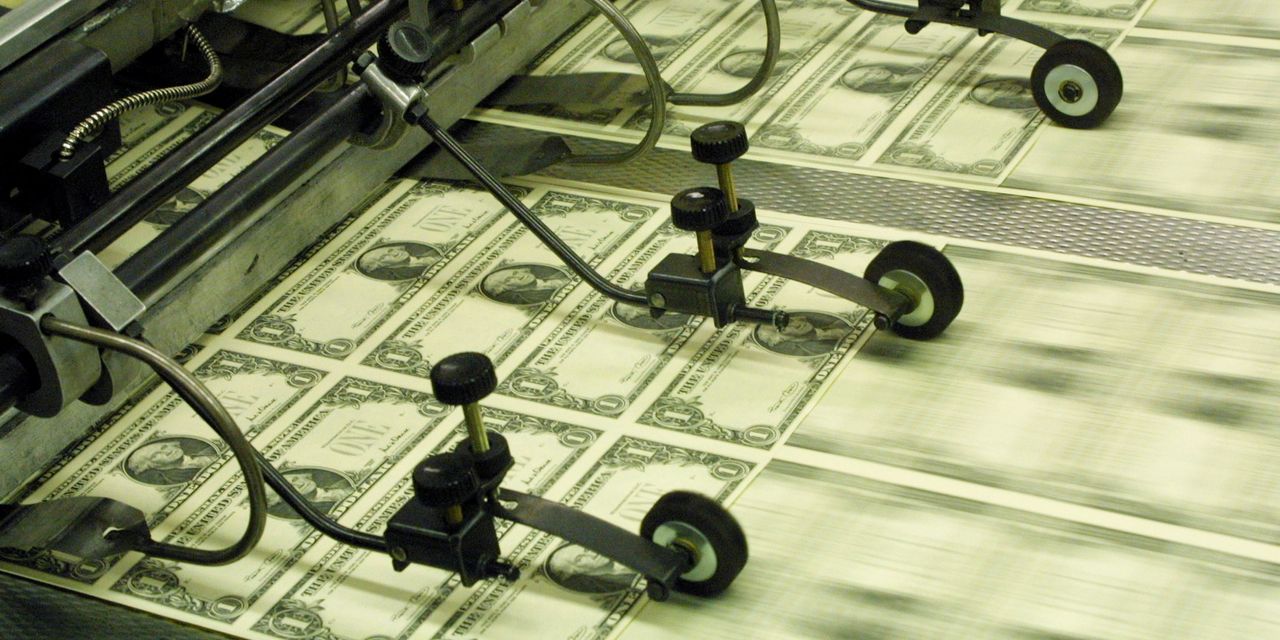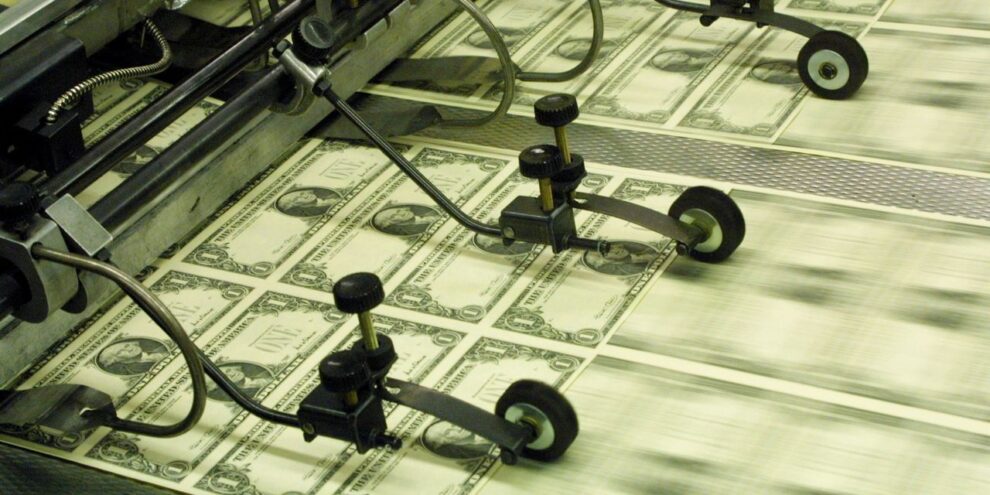
A weaker dollar is the consensus call, but the greenback could be vulnerable to a sustained bounce in the near term, depending on what happens to Treasury yields, analysts say.
The dollar fell significantly in 2020 after a sharp rally in February and March that took the ICE U.S. Dollar Index DXY, +0.45%, a measure of the currency against six major rivals, to a more-than-three year high as the COVID-19 pandemic sparked a flight to safety and global hoarding of the U.S. currency. Aggressive actions by the Federal Reserve and other policy makers soothed markets, with the dollar soon retreating and beginning what many analysts expect to be a multiyear downtrend.
A weaker dollar in the current global economic context is seen as a positive, fostering loose financial conditions at home and abroad. Dollar weakness is seen correlating with strength in commodities and lifting U.S. and global equities, particularly emerging markets.
It is reinforced the popular “reflation” trade, which sees investors betting that aggressive monetary and fiscal stimulus will boost stubbornly low inflation back toward central bank targets.
But a sudden, yet orderly, pickup in Treasury yields last week appeared to have unnerved dollar bears at least a bit heading into this week. The yield on the 10-year Treasury note TMUBMUSD10Y, 1.136% saw its biggest weekly rise since June, topping the 1.1% threshold. After hitting the latest in a string of more-than-2-1/2-year lows on Wednesday, the dollar index bounced modestly. It added to the rise Monday, gaining 0.4% to trade at 90.427.
The DXY is heavily weighted toward the euro, which has pulled back around 1.5% from its Wednesday high above $1.23. It was down 0.5% on Monday to trade near $1.2166.
Stocks rallied last week, with the Dow Jones Industrial Average DJIA, -0.29%, S&P 500 SPX, -0.66% and Nasdaq Composite COMP, -1.25% all closing at records Friday, but giving up some ground in Monday’s session.
Some analysts argued that heavy positioning in favor of a weaker dollar had left the market vulnerable to a near-term pullback, though others argued that a shift in expectations around the potential for inflation following Democrats’ Senate election victories in Georgia last week, which gives the party control of the upper chamber, was also a factor.
The win gives Democrats control of both chambers of Congress, while President-elect Joe Biden will be inaugurated on Jan. 20. Biden has said he would seek “trillions” in additional aid spending, and market participants appear increasingly confident that it will occur and “turbocharge” U.S. growth, said Marios Hadjikyriacos, investment analyst at XM, in a note.
“The narrative so far was that all the Trump-era stimulus would only generate some inflation down the road, without any spectacular growth, which kept real interest rates depressed,” he said. “But with Biden promising to deliver even more ‘juice’ to the party, investors now seem to be bracing for a spell of scorching U.S. growth.”
As a result, real U.S. interest rates have edged higher as investors look for signs the Fed might scale back its liquidity programs, in turn “breathing some life” back into the dollar, the analyst said.
Whether the shift for the dollar lasts, therefore, comes down to the reason behind the rise in yields and what signals the Fed offers about its intentions.
“All this time, it was mostly expectations for bigger deficits and more inflation, so the dollar couldn’t get off the floor. Now, higher yields seem to be driven by hopes of faster growth that may see the Fed taper its QE purchases sooner, making the dollar more attractive,” Hadjikyriacos said.











Add Comment